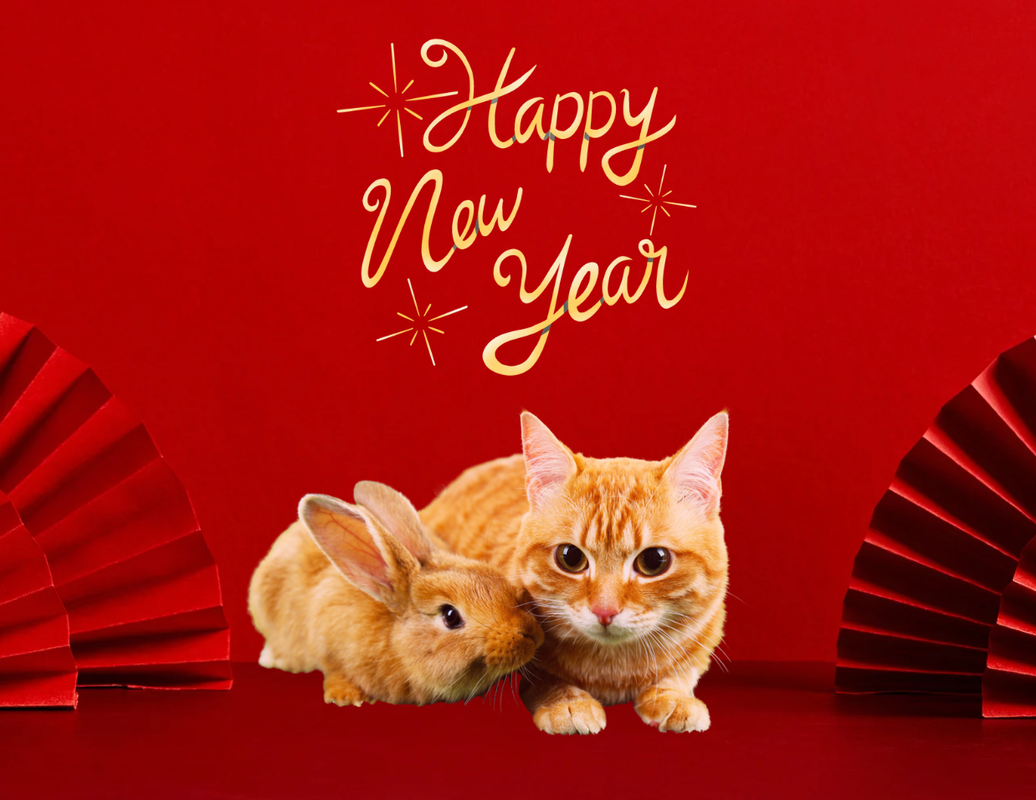|
As we usher in the Lunar New Year which is celebrated by the Chinese, Vietnamese, and Korean communities, it is important to remember how a company conducts its business in a culturally sensitive way goes a long way. In Canada, not only do we observe the official languages English and French, many businesses are using other languages as a way to tell their customers that they value their business. With the biggest immigrant population speaking Chinese, Punjabi, and Tagalog, we certainly see businesses and stores putting up festive signs and decorations during Lunar New year or Diwali, for example. Like in our previous blog, we talked about the importance to speak to your audience in their language of choice. Once you gather a contact list of your customers who sign-up for your newsletter, or Follow you on social media channels through scanning QR codes at physical events, what else can you do to understand a bit more about your customers? We suggest starting with the obvious, their names – specifically their last names. As an immigrant myself some 30 years ago, I had my first culture shock when my Chinese surname now becomes my last name. Chinese names, usually made up of 2 or 3 Chinese characters (in some cases, 4 characters) starts with the surname or family name. My name, for example, is 余振敏 or Yu Chun Mun which I grew up with. However, when I immigrated to Canada, I was told that it should be Chun Mun Yu when my surname becomes my last name in all official documents. Great! The other more important thing for businesses who want to understand where their customers are from is even more confusing. But it sheds some light as to where your customers might come from – Mainland China, Hong Kong, Taiwan, or Canadian-born / long-time immigrants. For the last name 張, you might be able to guess:
Cheung = Hong Kong Zhang = Mainland China For the last name 謝, you might be able to guess: Tse = Hong Kong Xie = Mainland China Hsieh = Taiwan For the last name 吳, you might be able to guess: Ng = Hong Kong Wu = Mainland China Wu = Taiwan Ing/Eng = long-time immigrants What's even more confusing is that Wu refers to a completely different surname in Hong Kong. These are just a few of the surname examples. And the list goes on… So what’s the significance of understanding where these customers are from? Even though we are all Chinese Canadians, we are brought up differently depending on where we are from. The language is a little different, our habits and backgrounds are a little different. These all affect our behaviour, our needs, and our expectation. It is certainly worth investing some time and energy into understanding your customers through their last name. Another cultural trivia: to your Vietnamese friends, you should say Happy Year of the Cat instead! Leave a Reply. |
AuthorStaff at Choice Communication who are curious and passionate about the latest trends. Archives
July 2024
Categories |


 RSS Feed
RSS Feed

1/20/2023
0 Comments